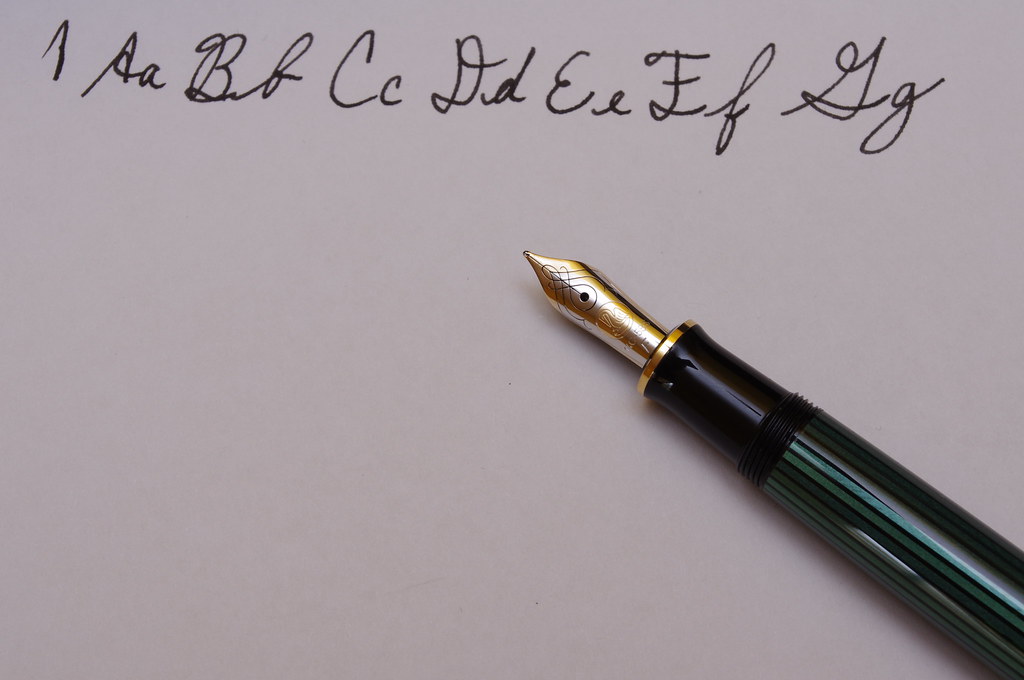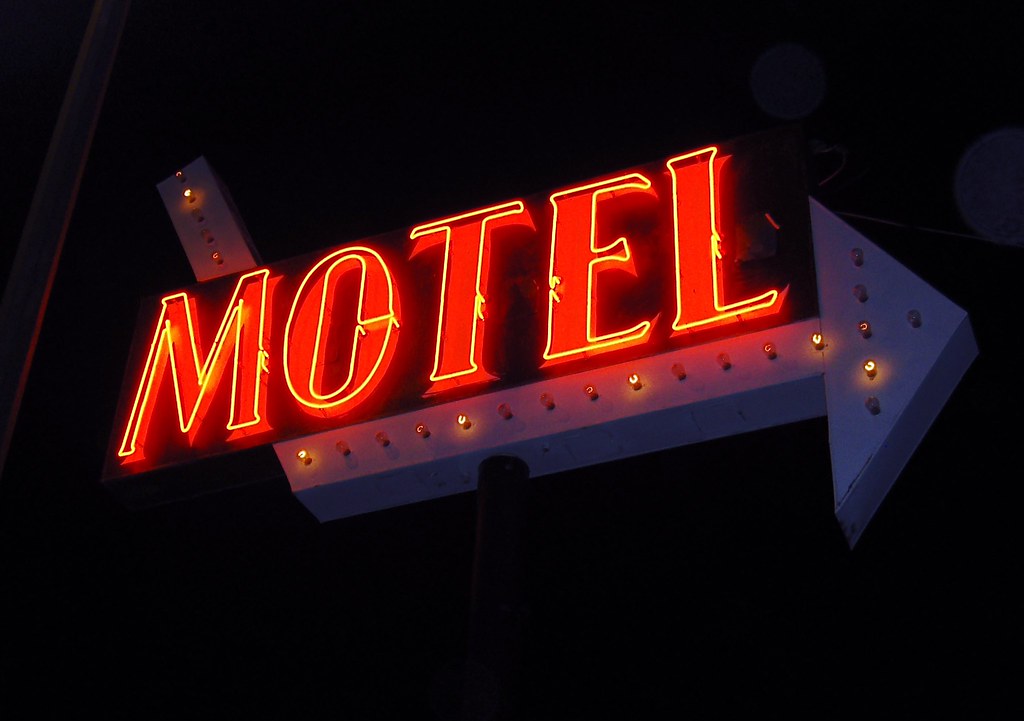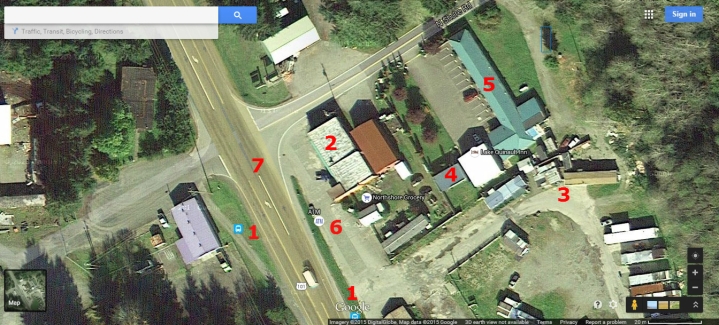
Photo credit: FieryDragonLord / Foter / CC BY-SA
I often search the web to see if I can find anything about Lyle that hasn’t been discussed yet, seeking hidden clues on the more remote pages of Google that could help us put a name to this UID.
Earlier, I came across a guy called Dr. Doyle Stevick, who teaches at Indiana University. This is the search engine results page when you Google his name – pretty standard stuff. But what really interested me is that several websites have misspelled his name as Doyle Stevik (without the ‘c’). See here. One of the misspellings comes from a university in London – you would think that an educational establishment would double-check his name, but alas, they didn’t. Another example is the language learning expert Earl Stevick – again, sometimes mistakenly referred to as Earl Stevik. See here versus here. Surprisingly, some of the misspellings come from actual published books.
As Stevik and Stevick seem to be mistaken for one another quite frequently, it got me thinking about Lyle’s choice of alias. Could he have heard the name “Lyle Stevick” without even reading Joyce Carol Oates’ You Must Remember This? What if the novel was on a college reading list, and Lyle didn’t pay much attention at the time?
Fast-forward to September 14th, 2001: Lyle needed an pseudonym. He recalled the character but misspelled it because he just wasn’t that familiar with the novel. However, the name was sensible enough not to arouse suspicion, but impersonal enough to distance himself from his real identity. The suicide connection with Joyce Carol Oates’ character was just a coincidence; the Lyle Stevick in the book doesn’t actually kill himself anyway – in fact, no major character dies.
Or maybe Lyle saw someone reading the book when he was traveling to the motel; perhaps the passenger sitting in front of him on the bus was reading it, and Lyle glanced down and saw the name in print – it was the perfect alias to use on check-in. But if a London university and several published authors can’t seem to get the correct spelling of Stevick right, then why would Lyle? It isn’t a common surname – Lyle just made a mistake.
This brings me to a post on Lyle’s subreddit that explores the Stevick/Stevik misspelling in greater detail. Someone removed the stem of the letter ‘k’ in this mock-up, and on first glance, it does somewhat look like a ‘c’ that’s quickly been changed, suggesting Lyle was trying to remember the spelling. Perhaps he hesitated somewhat, and dropped the ‘c’.

Courtesy: Reddit
As you can see, the handwriting in the middle is from the original registration form that Lyle signed when he checked-in. Above it, the stem of the ‘k’ has been removed; below it, what it would look like if Lyle had used the exact same spelling as the character in You Must Remember This. I’m not 100% convinced but it’s definitely an interesting theory.
Of course, this is all conjecture, and I could be way off the mark here. But misspelled names are more common than you might think. According to The Poynter Institute, The Los Angeles Times has referred to the actor Elliott Gould as “Elliot Gould” (one ‘t’) a whopping 47 times since 1985.
If Lyle recalled the character from You Must Remember This from his time at college, this opens up a plethora of avenues to explore. Finding out where the book was recommended reading in the years prior to his death could help us find out where Lyle studied, as well as his true identity.
 Photo credit:
Photo credit:  Photo credit:
Photo credit:  Photo credit:
Photo credit:  Photo credit:
Photo credit: 
 Photo credit:
Photo credit:  Photo credit:
Photo credit: